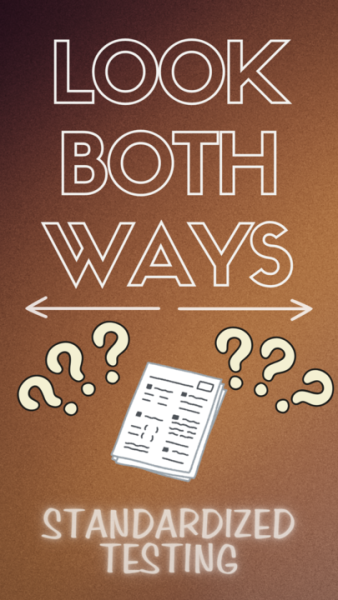Echo chambers can create biases
December 4, 2019
The news is constantly battling for our attention through our luminescent screens, as well as radio and print media. In the age of the 24-hour news cycle, this constant stream of information may be contributing to the creation and prolongation of echo chambers, which are harmful for everybody involved and should be avoided at all costs.
“[An echo chamber is] an environment in which the same opinions are repeatedly voiced and promoted, so that people are not exposed to opposing views,” according to Dictionary.com.
Information that strengthens a certain narrative is held on to, regardless of if it’s true or false, while information that goes against the narrative is viewed as fake and untrue. Much of this is driven by fake news.
“Fake news consists of deliberately false stories that appear to come from credible, journalistic sources,” according to an Oct. 26 Associated Press article. Often times fake news is meant to influence political opinion.
An echo chamber can be created whenever people absorb one side of an argument without taking the time to consider the other side. The danger of echo chambers comes when the consensus of a community leads to the discrimination and bigotry toward others.
To see the dangers of echo chambers, one needn’t look further than the violent actions of Antifa, or anti-fascist, whose members identify as a group to fight fascists and racists while lifting up minorities, according to a July 2 New York Times article. The group has been criticized by the left and right for its violent rhetoric and action against those with differing views, including a journalist in Portland who was sent to the emergency room after antifa protesters struck him in the face.
“It’s a real [brown-nosing] mentality,” Zach Sobieszczyk, junior computer science major and news consumer, said.
The absence of objectivity and the presence of bias is the lifeblood of an echo chamber. Those not interested in objectively differentiating real news from fake news will increase their confirmation bias from feeding on one-sided news stories, resulting in an inability to piece together the complete narrative.
“[The news media are] only going to tell you half the story that benefits their bias,” Sobieszczyk said. “If you’re only reading Fox News and Breitbart, or you’re only reading Vox and Mother Jones, you’re not getting the full picture.”
A favorite news source among liberals and conservatives are CNN and Fox News, respectively. Among Republicans, 32% said that CNN is credible and 70% said Fox News is credible. Among Democrats, 74% said CNN is credible and 42% said Fox News is credible, according to an April 9 Business Insider article.
While there is a plethera of news sources to choose from, only a select few are consistently rated as the most trustworthy sources among Americans. The top three most trustworthy sources are PBS News, the Associated Press and the Wall Street Journal, according to a Sep. 2 Business Insider article.
Reading trustworthy sources from both liberal and conservative perspectives that articulate their viewpoints effectively is the best way to avoid misinformation spread by echo chambers. When you find yourself face-to-face with an article that screams bias, trust your intuition.
“It’s hard to define [bias], but you kind of know it when you see it,” Sobieszczyk said. “It’s about doing a little research on the stories. Most people just read one thing and then they’re done.”













